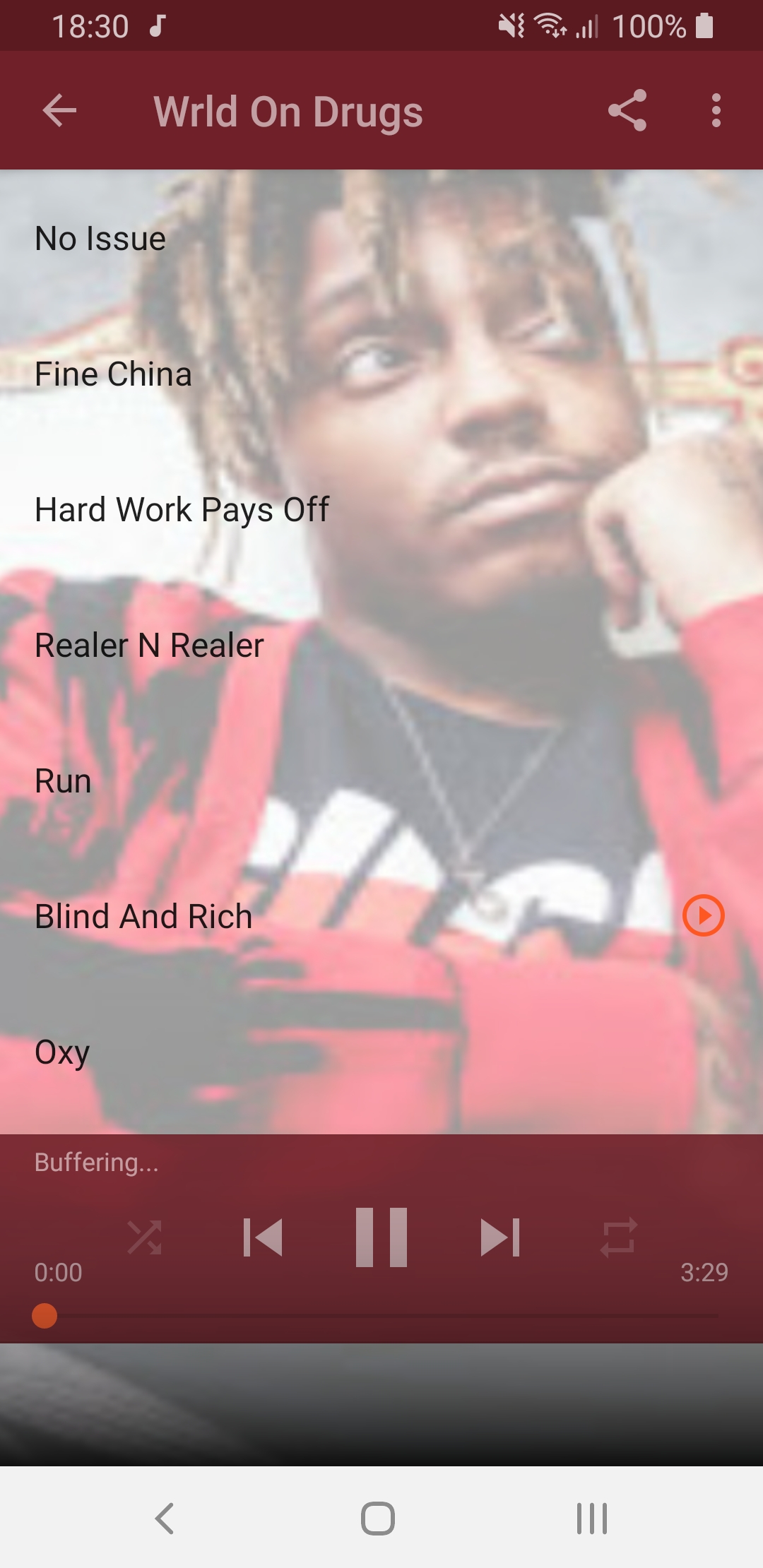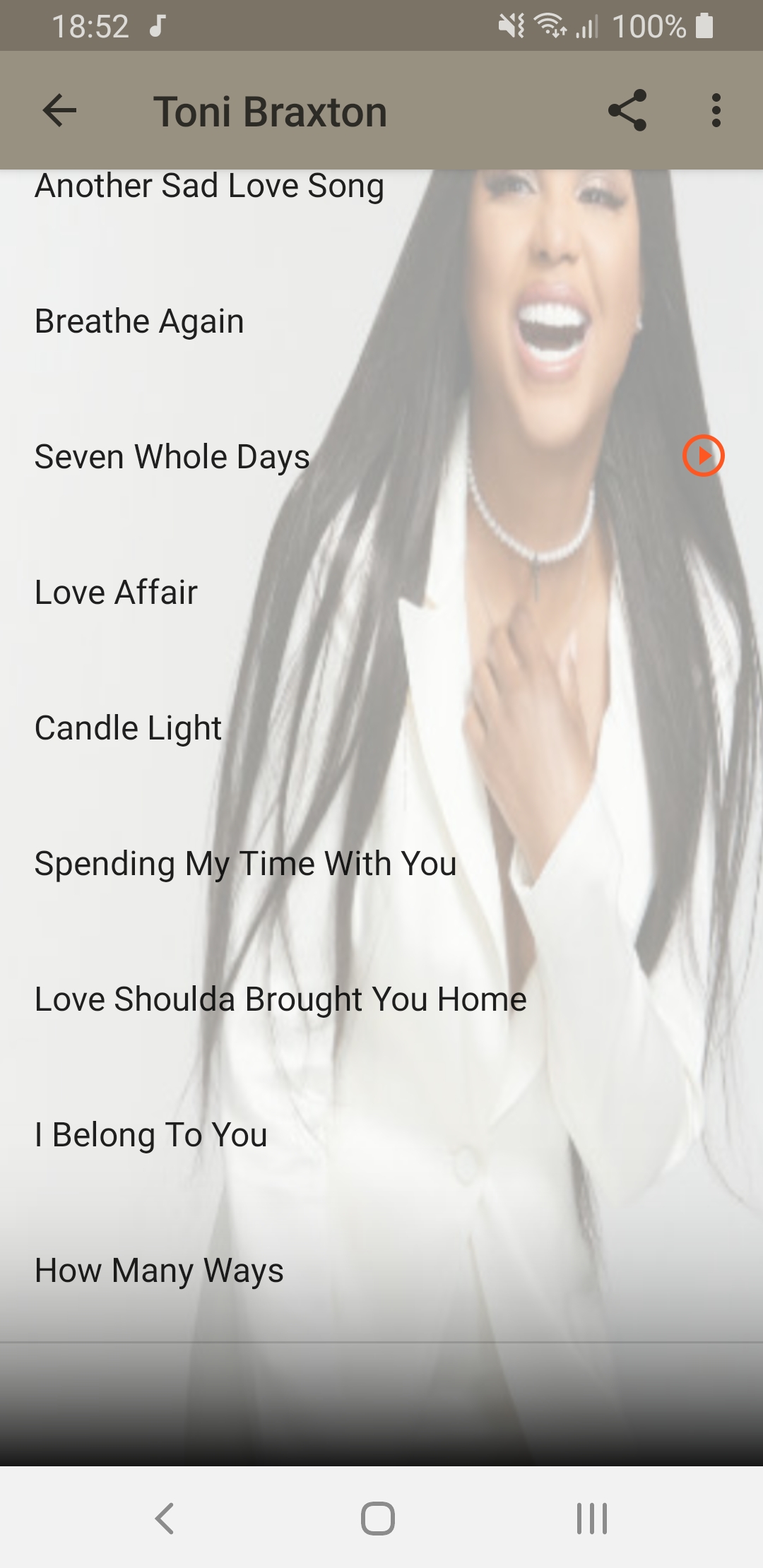Audio Activity
The Audio Player Activity allows you to play audio files within the application.
Adding an Audio Player Activity
To add an Audio Player activity to your project: start editing your project and go to the Activities tab. Under 'Your App Activities' click the + Add an Activity button and select Audio Player from the list.
Settings
Activity Name
The name for this activity. The name will appear on the dashboard, toolbar, and navigation drawer. It can be whatever you want. For example: "Rocking Guitar Solos"
Subtitle
A few words describing this activity. This subtitle text may be displayed on the dashboard if the dashboard's item style supports it.
Description
A longer paragraph describing this activity. This description text may be displayed on the dashboard if the dashboard's item style supports it.
Position
A relative index that controls the order of the activities in your application. The position affects where your activity is displayed on the dashboard and navigation drawer. You can use any value you want; all that matters is how the value compares to the position indexes of other activities.
For more information on this setting please read: How to change the order of the icons on the dashboard.
Build this activity (include it in the app)
Whether or not this activity will be included in the app. This may be useful if you're creating different versions of your app that you want to contain different content.
Hide this activity (don't list it on any dashboards or navigation drawer)
When selected, this activity won't show on the dashboard or the navigation drawer. You can still access this activity from an HTML-based activity using it's Activity URL. For more information, refer to the topic Linking to Another Activity.
Theme
The Theme setting allows you to inherit theme settings from the global theme, parent theme, or override the theme settings for the activity. See the Activity Theme topic for descriptions of these settings.
Images
The Images section allows you to provide the images to show on the activity and those that will be used to represent it on it's parent dashboard and navigation drawer. See the Activity Images topic for descriptions of these settings.
Toolbar
The Toolbar setting allows you to inherit the toolbar settings from the global toolbar, parent toolbar, or override the toolbar settings for the activity. See the Activity Toolbar topic for descriptions of these settings.
Details
Player Mode
The Audio Player activity supports two different player modes: Music Player, and Sound Board.
- Music Player
The Music Player mode is intended for presenting your audio as an album of songs or playlist. It is a more appropriate interface when you're presenting longer tracks where the ability to pause and seek is useful.
- media controls are visible (the Play/Pause button, seek bar, etc.)
- when one track finishes, the next track automatically begins playing by default
- the currently playing track will continue to play when you exit the activity
Here is an example of an Audio Player activity in Music Player mode:

- Sound Board
The Sound Board mode presents your audio as a list of sounds. It is a more appropriate interface when you're presenting short sounds where pausing and seeking are not important.
- no media controls
- when one track finishes, playback ends by default
- the currently playing track is stopped when you exit the activity
Here is an example of an Audio Player activity in Sound Board mode:

Enable 'Set as Ringtone' menu options
This checkbox controls whether the following three items will appear in the context menu when someone long-presses on an audio track in the list:
- Set as ringtone
- Set as notification sound
- Set as default alarm sound
Setting a ringtone involves copying the audio file to external storage on the user's device. (Audio tracks that are hosted on a remote web server will be downloaded to the user's device.)
Note: because users have full access to any files within external storage, enabling this setting effectively gives the user access to your audio files.
Enable sharing
This checkbox controls whether or not the share icon/menu item will be shown on the activity's toolbar and context menu.
Autoplay first track
Automatically start playing the first track after opening this activity.
Audio Playlist
The Audio Playlist section only appears once the Audio Player activity has been saved.
The list of audio tracks in the activity will appear here. You may add new audio tracks to the list by clicking the Add Audio Track button.
Activity URL
The unique reference URL for this activity that can be used for linking to it. For an example of it's usage, refer to the topic Linking to Another Activity.
Save Changes
Once you're finished entering the above information, click on the 'Save Changes' button to create your Audio Player activity, and begin the process of adding audio tracks.
Adding Audio Tracks
Once you've created your Audio Player activity, the next step is to start adding audio tracks.
See Audio Tracks for information about the audio track settings.
Supported Formats
Streaming Audio
See Streaming Audio.
File Sizes
See Audio File Sizes.